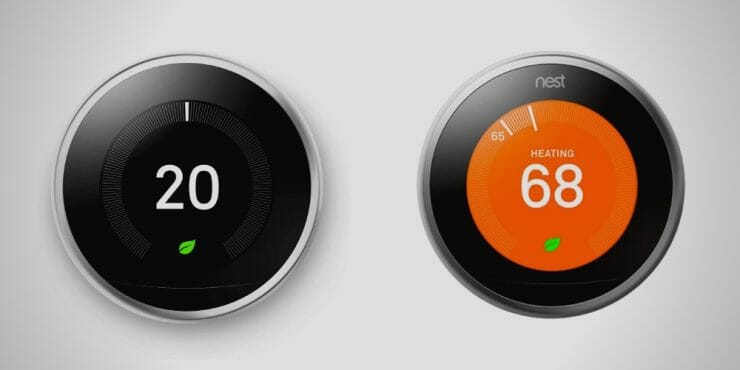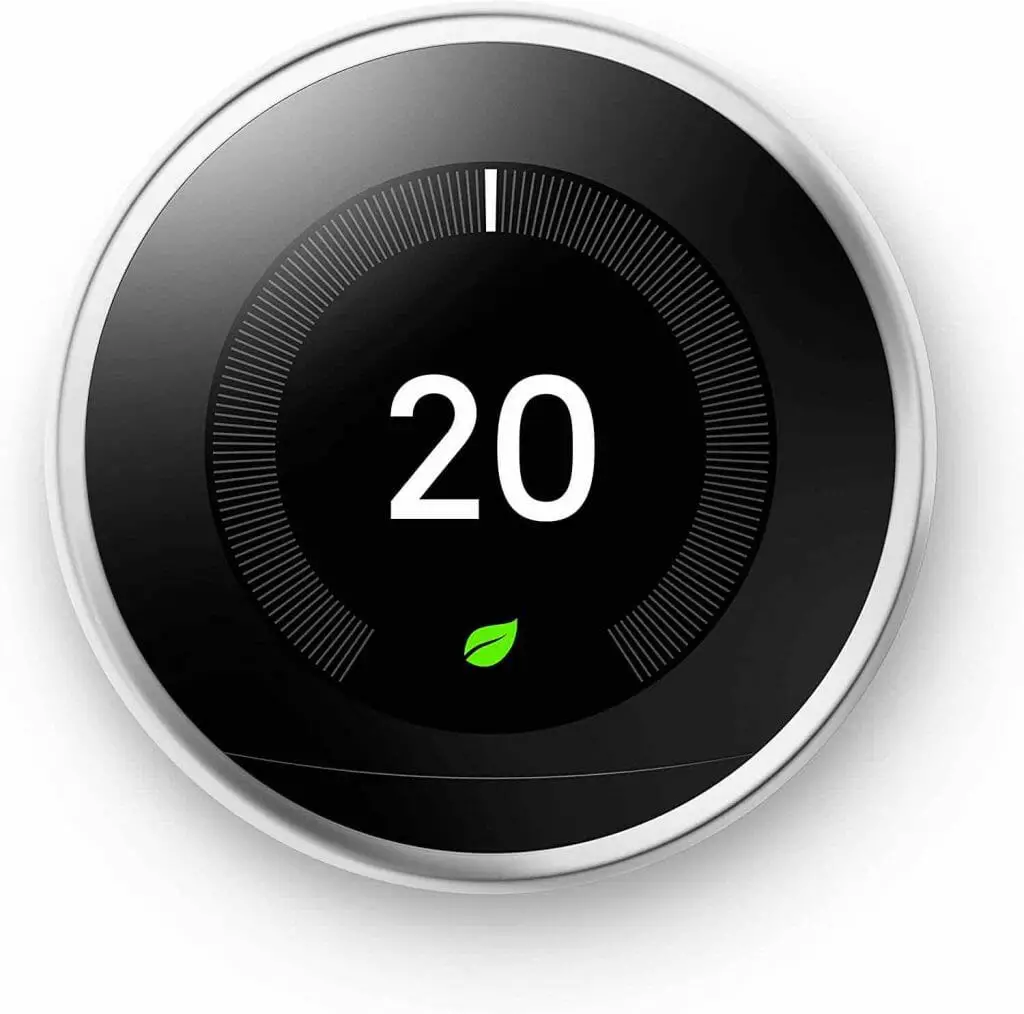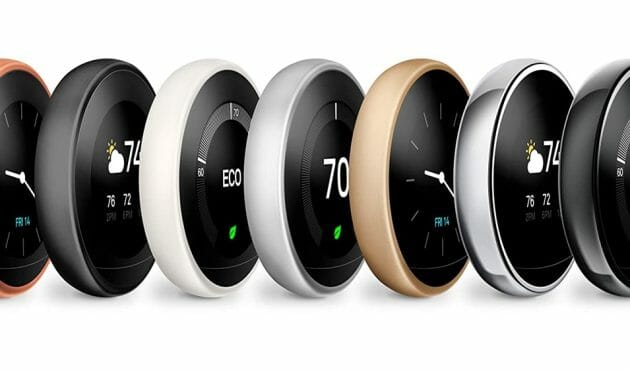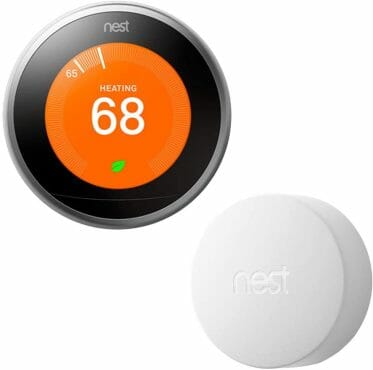Your Nest thermostat connects to your phone providing information like your movements and private data. A common question with nest thermostats in this age of hacking and hackers is whether or not they can be hacked. You don’t want to be afraid that some teenage hackers or worse yet vandalized have decided to break into your home’s thermostat and you don’t want your personal data breached. Before you buy a Nest Thermostat, find out if it can be hacked.
If you’re wondering whether Nest thermostat can be hacked or not, the answer to this question is, unfortunately, yes. Hacking can take place by using the USB ports of the device. The OS of the device is also a potential means of hacking.
The Nest thermostat is one the most popular and well-known smart thermostats used to make life a bit more convenient. It works with the help of artificial intelligence like many other smart devices and gadgets that are used to make life effortless. Smart thermostats are devices used to automatically control, adjust and manage the cooling and heating level of the environment at your home. All smart thermostats have three basic features: convenience, control, and insight. These devices are operated through an internet connection and are proved useful in saving energy.
If you’re wondering whether Nest thermostat can be hacked or not, the answer to this question is, unfortunately, yes. Hacking can take place by using the USB ports of the device. The OS of the device is also a potential means of hacking.
There is numerous advantages Nest Thermostats offer, but it also has some limitations and issues related to security breaches like other smart appliances. The invaders can enter your property by hacking the Nest Thermostat. There is an increased potential of hacking breaches with the Nest Thermostat in comparison to other devices and gadgets in the Nest Smart Home suite of products. Though the device remains connected to google to ensure the safety and security of your home, there are still methods through which the Nest Thermostat can be hacked.
Methods that are used to hack the Nest Thermostat
The Nest Thermostat is a device that is well known for providing an effortless working experience. You can program the device as per your requirement. It is a self-operating device that works via a Wi-Fi internet connection. It is used to manage and adjust the cooling and heating system to maintain the temperature of your home environment. You can set system functions to turn it up or down according to your needs. It operates by detecting the temperature of the room.
In order to understand how security issues and violations occur, you will need to understand the functionality of the Nest thermostat.
The device can operate automatically with an internet connection. There is no requirement to program this smart device yourself, as poor programming can also lead to increased hacking risks. After installing the Nest thermostat device onto the wall of your home, you will be required to choose heating and cooling options, and the rest of the work is done by the thermostat itself. (1)
Hackers use other Nest smart products to hack Nest thermostats. Nest devices are considered safe devices, yet they can be hacked. To prevent hacking, you need to ensure that nobody had access to the device before you, which means you are not supposed to buy a second-hand device as it increases the risk of hacking.
Hackers require physical access to the device if they intend to hack it. Hacking can take place by using the USB ports of the device. The OS of the device is also a potential means of hacking.
The USB port of the Nest Thermostat is not tightly secured and appears to be vulnerable to hacking. The Nest thermostat tracks your location, availability, and unavailability at your residence, and it appears to be a piece of very risky and dangerous information that can be breached.
Another factor that is riskier from the access of the Nest Thermostat is hackers having access to your Wi-Fi connection. As all of the Nest smart products work through the Wi-Fi connection, they can be controlled by someone else if hacked along with the access of personal information.
Controlling Security Violations
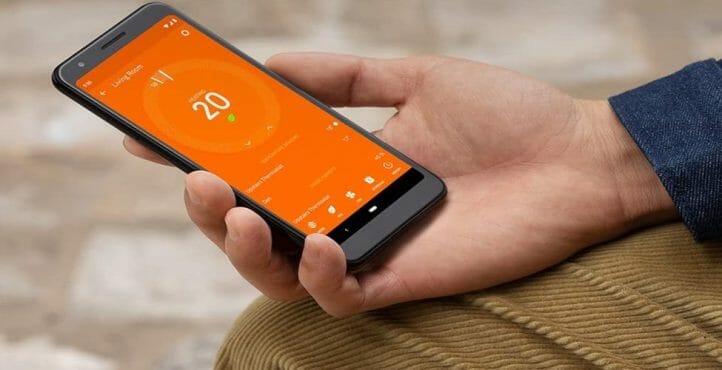
The top and foremost precaution one can take to protect and safeguard Nest Thermostat is ensuring no one can touch the device or has physical access to it. If this can be achieved, there are way fewer chances of the device getting hacked.
ARP spoofing detection software can be used to identify and rule out the identity and the IP address of the hacker. If Anti-ARP detection software is also applied with the ARP detection software, there will be no chance for the hacker to get notified of any kind of alert regarding its identity tracking.
In most cases, security issues and violations are caused by unsecured passwords and not by the security breaches of Nest products. You can protect the password by enabling two-factor authentication to eliminate the chances of attack and enhance the device’s security.
Security of the Nest Thermostat
The security of the nest Thermostat depends on the user; if you follow the security guidelines, then yes, it is secure from the inside, but if you do not change the password combination after receiving the device or if you have got a second-hand device, then it is difficult to say that your device is secure from inside for you.
Nest Thermostat Security Activation
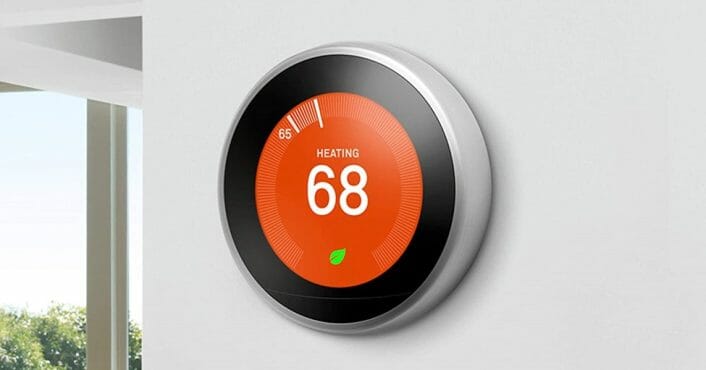
The Nest Thermostat has a greater potential for attack, especially in the presence of its other Nest appliances and security cameras linked with it. It is recommended to enable a two-factor authentication service to protect the device. (2)
Methods to guarantee the security of the Nest Thermostat
To guarantee the security of your Nest thermostat from within, you need to buy the device from the official store of Nest products and secure it with a high-security passcode.
You can also set up the pin to lock the Nest Thermostat when others have a greater chance to access your device. This way, others cannot operate the device unless you provide them with the security pin. Activating two-factor authentication is always a better option to enhance the device’s security.
Other than the device, you have to check the security and safety of the app used to control the Nest Thermostat as it is integrated with it. A two-factor authentication service is also available for the app.
It is possible to think you are being hacked even when you are not hacked, as mostly the notifications, e-mails, alerts, and promotions of products are delivered to the user when they are home. This is possible as Nest smart devices and Thermostats have access to your routine information, like at what time you sleep, wake, or leave your house. Your presence and all this information are stored in the device and used by the companies to promote their product. So you need to re-check and verify whether you have been hacked or it is just a scare from tailored ads.
If the information stored in the device is the source of notification, alerts, e-mails, and product promotion, you can reset the thermostat’s settings. Also, you can always inform Nest and share your concern regarding security and safety, and they will handle the rest for you.
One last thing to mention, never forget to read the company’s privacy policy at the time of the purchase. Re-read the privacy policy if there is any update or change in the companies info. It will help you understand how and what kind of data is shared.
Wrapping Up
Detailed research was conducted to evaluate the structure of the Nest Thermostat device, the methods through which the Nest Thermostat can be hacked, the measures which can be taken to reduce and control the security violation risks, the activation process of the security, and methods to ensure the safety of the device and app. It can also be hacked if any other linked Nest device is hacked.
Below are other Nest Thermostat learning guides you can check;
References
(1) poor programming – https://www.cio.com/article/253026/10-bad-coding-practices-that-wreck-software-development-projects.html
(2) two-factor authentication – https://authy.com/what-is-2fa/

